Younger: review of IP phones Snom D315 and D305
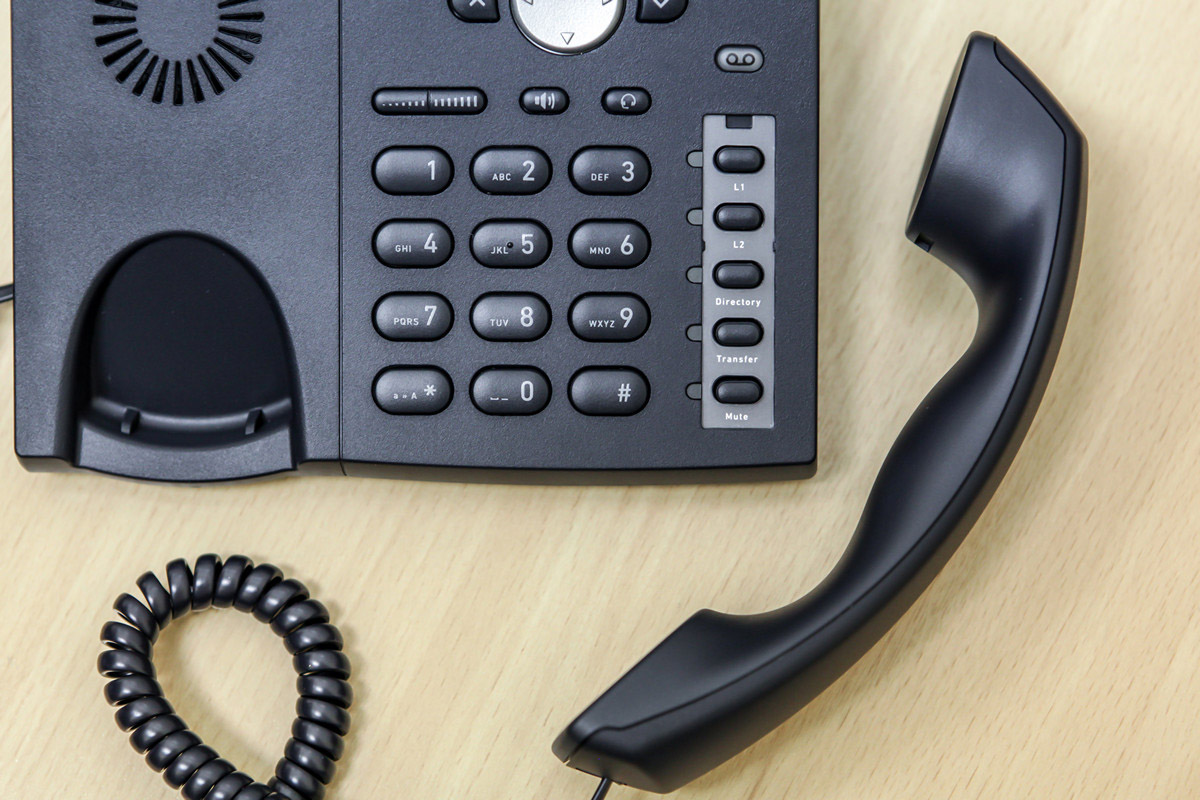
So we got to the end of the line of IP phones Snom D3xx - today we look at the two youngest, most popular models, the D315 and D305.
D305
Let's start with the simplest phone in the line. D305 can be called a basic model: on the one hand, there is no one simpler among all D3xx: a modest design and a minimal number of buttons. On the other hand, the device is equipped with almost all the functions that are in more complex and expensive models, only they are often trimmed in quantitative terms (fewer buttons, smaller display size, etc.).
Externally, the D315 fully complies with the design concept of the D3xx range: the same concave front part and a non-rotatable display protruding above the case, similar to the display in D315.


Below the display are 4 contextual buttons, the functions of which depend on the current display content.
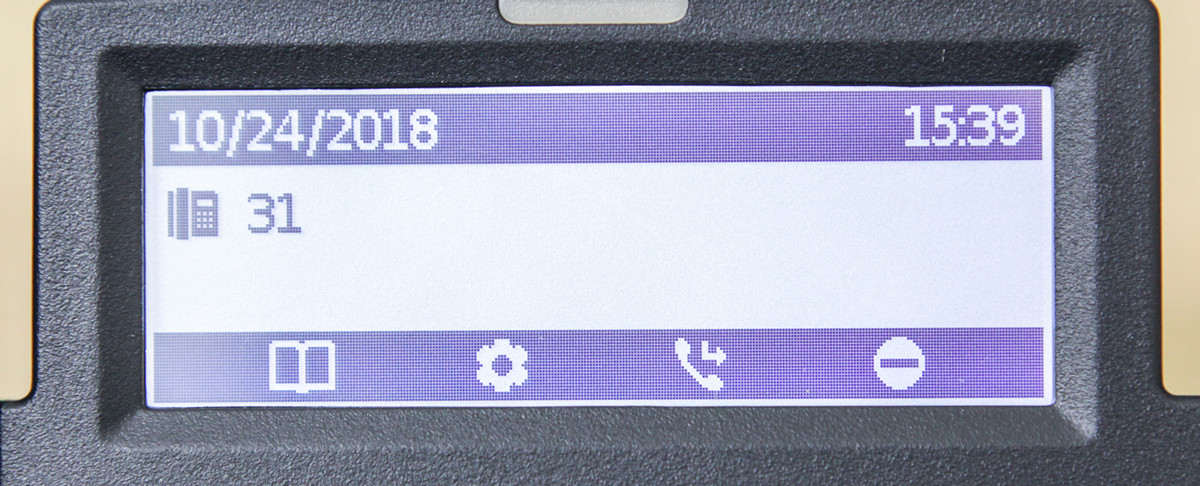


The block of digital and control keys is the same as in all other Snom phones. And on the right is a column of five programmable keys, equipped with monochrome LEDs.
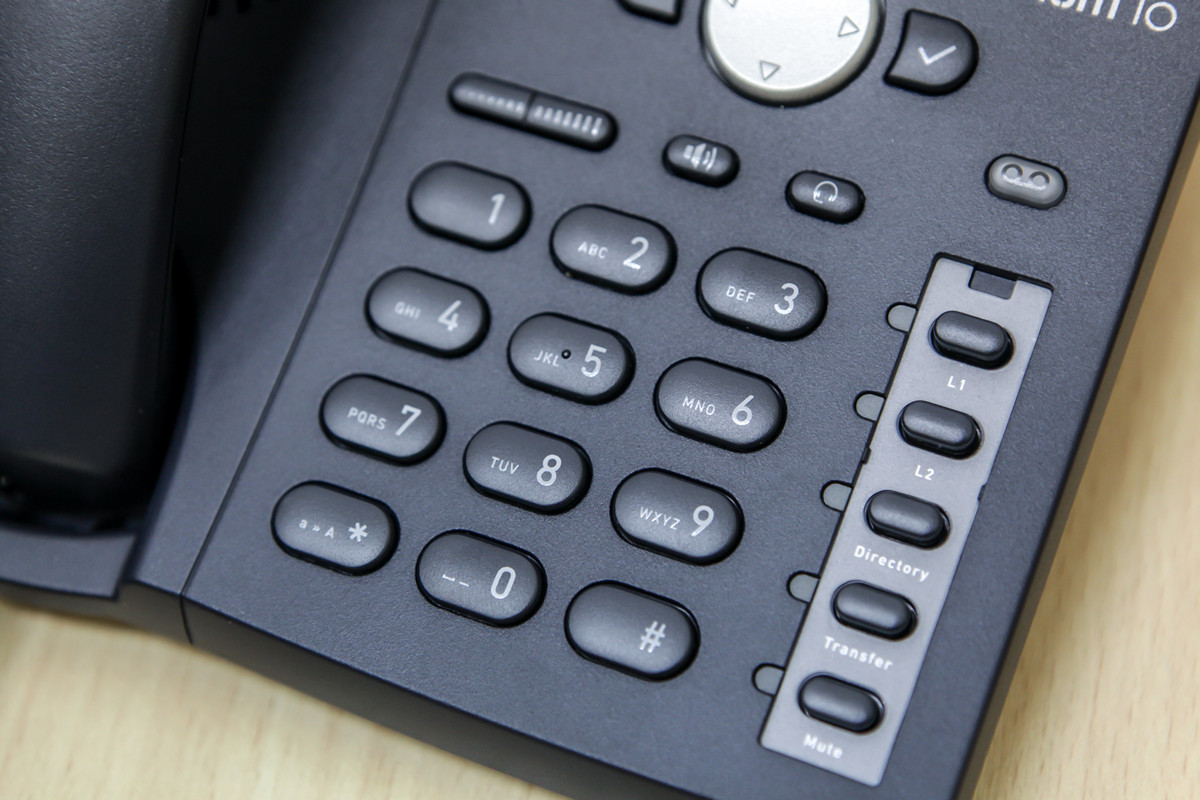
The phone is equipped with a 100-megabit switch and two RJ45 ports. No USB port.
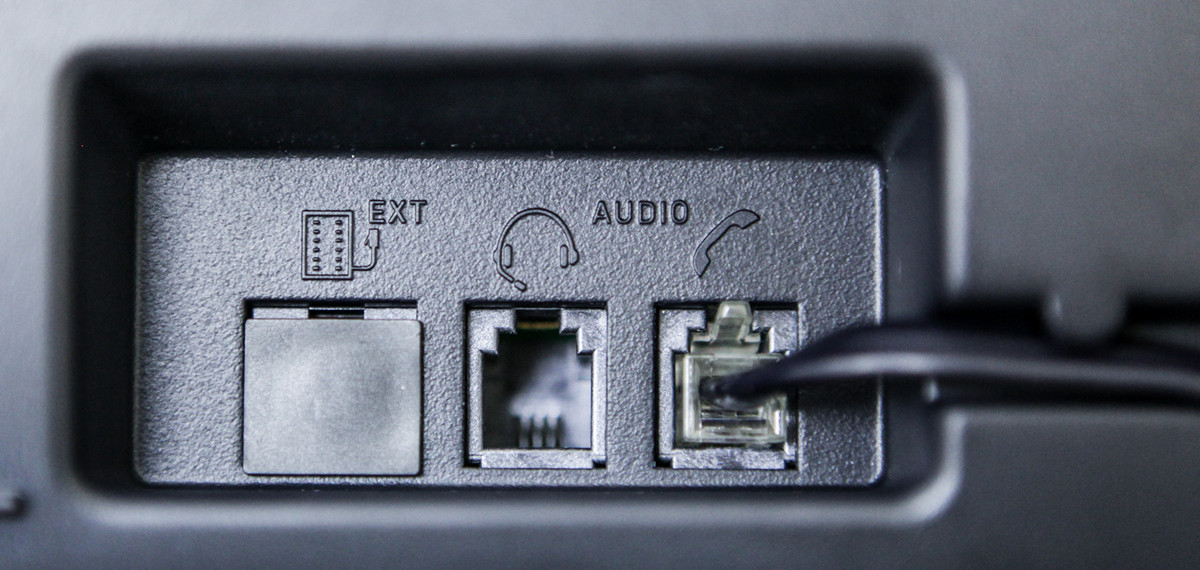
D305 is equipped with a built-in address book for 1000 numbers and supports up to 4 SIP accounts (for most competitors, younger models support only 1-2 accounts). A full set of “custom” functions is also supported: speed dialing, blacklist, call hold, handling up to 4 simultaneous calls, call forwarding, three-way conference calling and much more.
Like all other Snom phones, it can be fully configured remotely via a password-protected web interface. D305 is compatible with all major IP PBX platforms. So that during interruptions in the conversation, the interlocutors do not feel that the connection was interrupted, a comfortable noise generator is used in the D305, which mixes barely noticeable white noise into the audio path.
The sound quality of the phone is not inferior to older models, there is support for wideband audio. Used codecs:
- G.711 A-law, μ-law
- G.722 (wideband)
- G.726, G.729AB, GSM 6.10 (FR)
D305 can work without a power supply, receiving energy via a network cable - PoE function. This is also a rarity among the younger models on the market, usually manufacturers “throw out” this function for the sake of economy.
D315
Externally, the Snom D315 is generally no different from the D305.

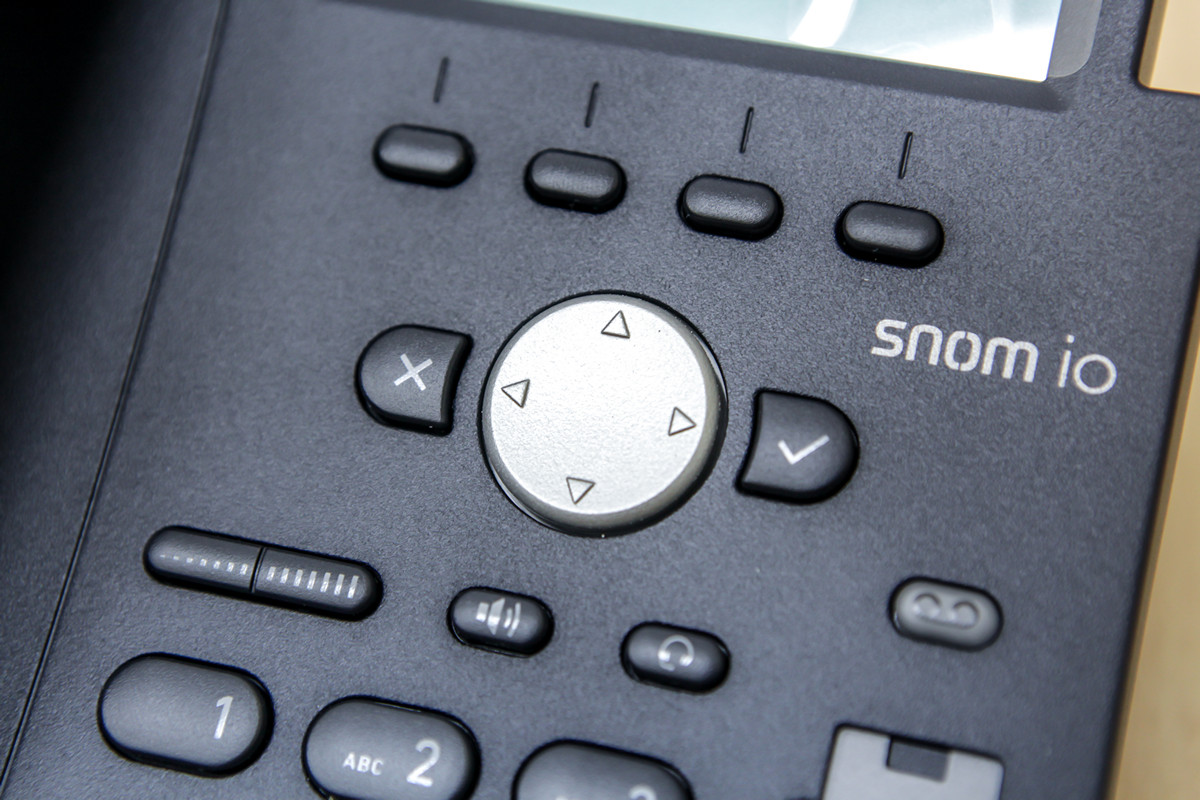
The differences lie only in the hardware stuffing and firmware. First of all, the phone has a gigabit switch installed instead of a hundred megabit switch. A USB port also appeared in the D315, which means that not only Snom D3 expansion modules , but also Snom C52 and C520 conference modules , A230 and A210 dongles , and USB headsets, such as Snom A170, can be connected to it .

The codec and D315 protocols are similar to the D305, with one exception: the older model supports IPv4 and IPv6. VPN technology is also supported in the D315, which allows an additional level of security to be introduced into the corporate communications network.
D315 and D305 have a set of built-in tunes that can be assigned to specific phone numbers. If this set is not enough for you, you can download your own melody to your taste. Also, the devices are equipped with the function “ Voice Activity Detection ” ( Voice Activity Detection ), they are able to automatically load the settings via HTTP / HTTPS / TFTP protocols. As in the case of the previous model, the Snom D315 will have to manually sign the values of the function keys.
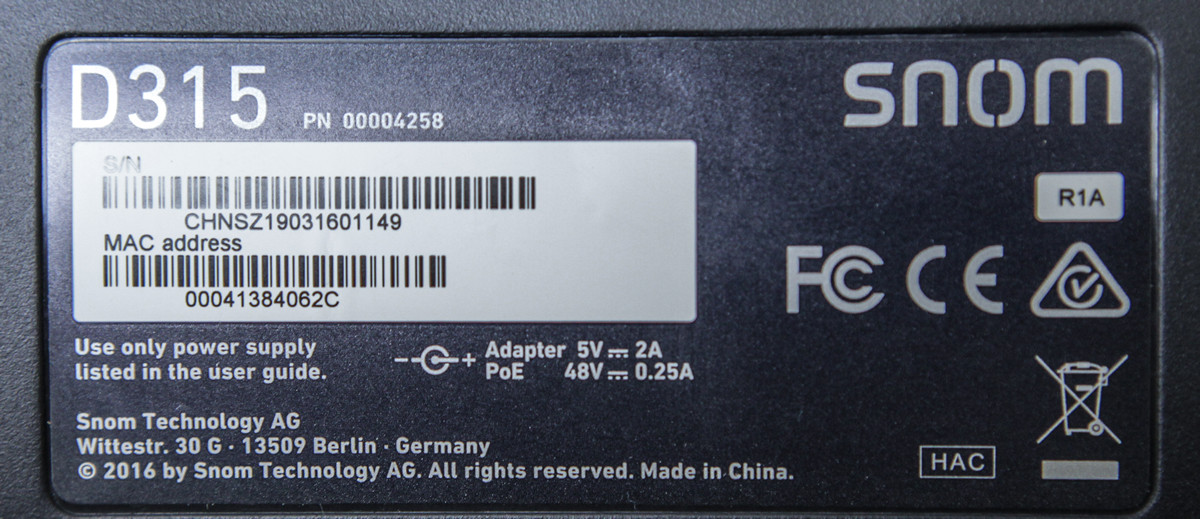
I repeat that neither the D305 nor the D315 in their basic functions are inferior to the most senior models. For example, both phones are equipped with the same touch end button (it is a lever, that is, a button-sensor of a laid-down tube), which practically cannot fail and greatly extends the life of the entire device, even if it is operated mercilessly, like a stock broker the height of the auction.
